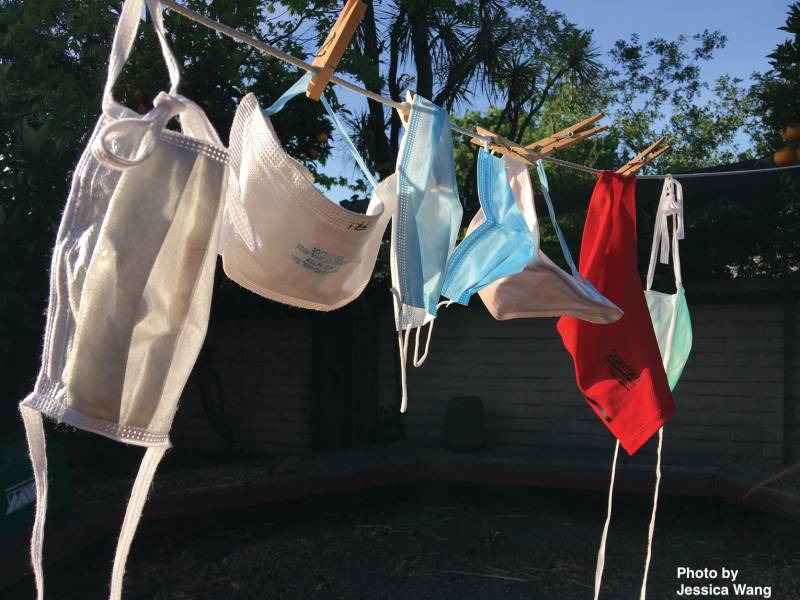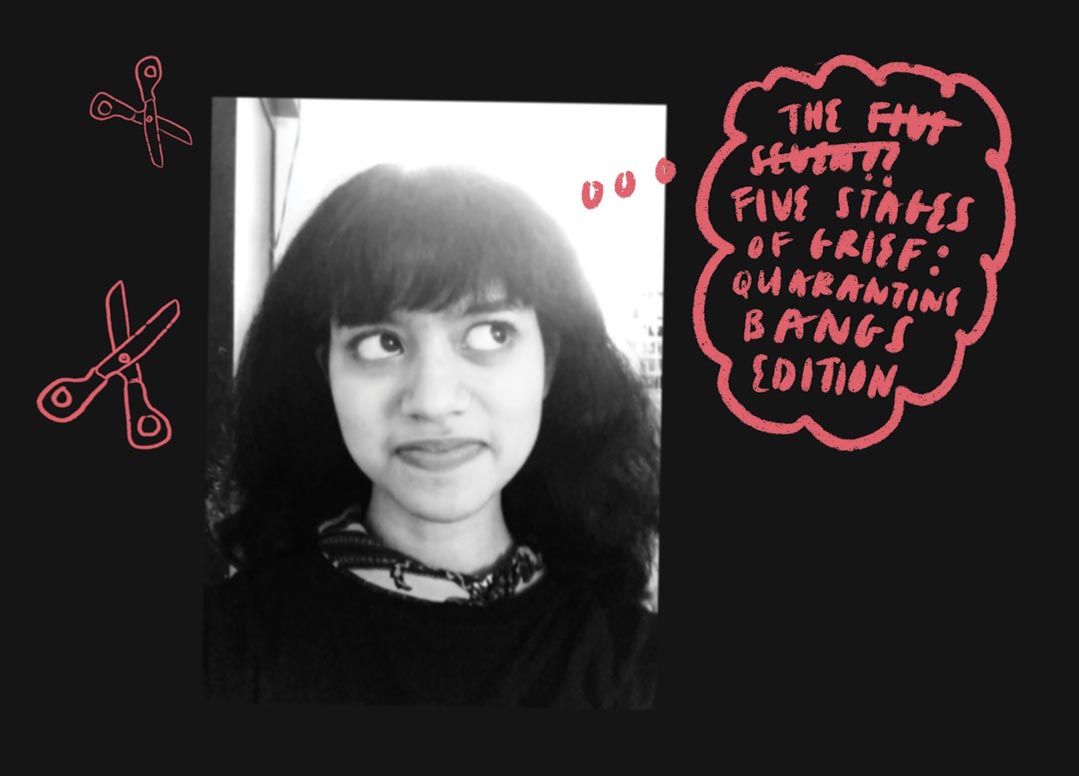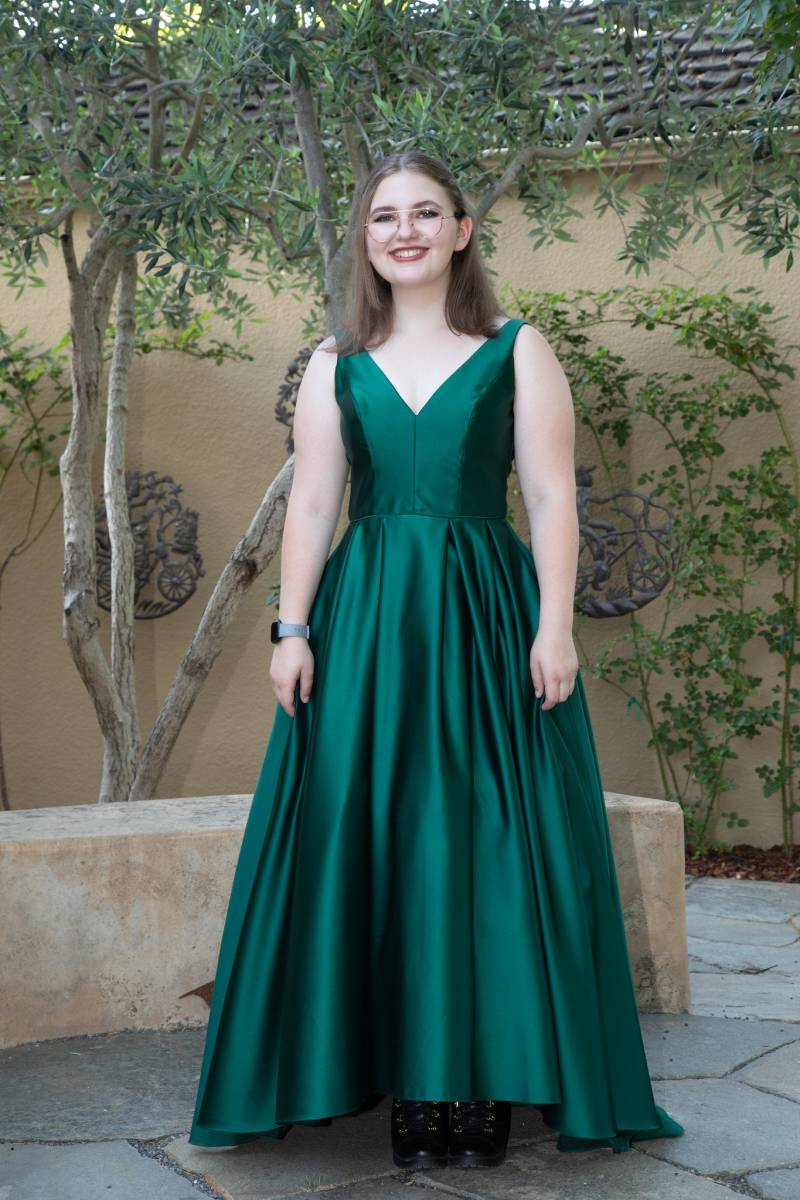Preserving memories is important because things that were new and significant eventually become normalized and it’s easier to forget about them altogether, according to Katherine Schulten, an editor at The New York Times Learning Network and former educator. Student’s experiences, whether it’s during COVID or any other period of their life, can have historical significance.
“Museums all over the world were saying, ‘Hold on to artifacts,’” says Schulten. “Hold onto your screenshots. Hold on to what’s on your camera roll. Keep those diaries.” The Learning Network’s student contest provides a useful roadmap for centering youth voices and teaching young people to document their lives. Teachers already use student essays as mentor texts in addition to the Times’ Learning Network curriculum.
An added benefit of these assignments is that reflective practices like journaling, especially about emotional experiences, can improve mental health. Assignments that focus on self-reflection and documentation can be a way to interpret one’s feelings at any point during the teenage years.
“It could be everyday life, but just get it down on the page before it goes away. Youth is precious,” says Schulten.
Make space for student voice
About ten years ago, the Learning Network started inviting students to send in submissions to participate in contests. Winners earned a chance to be featured on the The New York Times website. Prior student contests have asked students to write about an important issue or a meaningful life experience.
For the 2020 contest, Schulten and others at the Learning Network wanted to support students in reflecting on their experiences during the first year of the pandemic with schools closing, Black Lives Matter protests and divisive elections.
To make it easier for young people to tell their stories, the 2020 student contest had fewer restrictions than previous contests. They expanded the criteria to allow submissions in any format, not just writing. They received over 5,500 submissions, including comics, recipes, poems, drawings, Lego sculptures, essays and photos.

While 2020 is renowned as a difficult and trauma-filled year, 18-year-old finalist Anushka Chakravarthi’s photo collage about cutting her bangs captures playfulness during the pandemic shutdown.
“I have all these pictures of me cutting my bangs, which is the quintessential quarantine experience. And I think it speaks to this sort of ridiculous or silly aspect of being a teenager and especially being a teenager in lockdown,” says Chakravarthi, who found out about the contest online. “I just decided to put these pictures together and make a funny little diagram.”
She had been feeling stuck, sad and unproductive, so when she got the opportunity to make something that excited her she was relieved. “I was able to turn my experiences into something meaningful,” she says.
Now a freshman at University of Texas, Dallas, Chakravarthi hasn’t yet settled on a major. She liked the way the student contest engaged her interests and creativity, so she is considering getting a teaching certification so she can create similarly generative assignments for her students.

“I love when in school I could work on a project that was still about the material that was being taught but incorporated some of my own abilities,” says Chakravarthi. “That’s something that I would transfer over to the classroom. Students who otherwise may not feel connected to the material for whatever reason, or even just school in general, [I’d find] a way to hook them in through something that they’re already interested in.”
Participating in the student contest was a class assignment for 19-year-old Edith Gollub, a finalist based in California. Her submission, a poem and a video of her reciting the poem, expresses how surreal it felt to witness the events during the first year of the pandemic from her “berry blue desk.”
“It was such a different experience as a teenager than as an adult. Your world is the people you see and the things you do outside your house when you’re that age. I wanted people to see what it was like for all of that to just stop,” says Gollub, who was constantly journaling and drawing during lockdown. She felt it was necessary to document what was happening around her and how she was feeling at the time. “This was a really cool snapshot for me. I’m really glad I have that,” she says about her poem.

“I sit in my emerald prom dress at my desk,
Laughing with friends over a call.
‘At least we still have senior year,’
A reassurance that dies as the months pass by.”
Even though pandemic-related disruptions during her junior year made it hard for her to get all the information she needed for college applications, Gollub is suddenly a sophomore majoring in chemistry at University of California, Merced. This year, she is sharing an apartment with friends and interning at a research lab.
“It feels like life is moving very quickly,” says Gollub.
Reflection and documentation improves learning
Schulten says that some teachers who want to do an assignment similar to Coming of Age in 2020 may add parameters so it’s easier to do with limited class time.
For example, some teachers may have students look through the photos on their phone, pick out one image that they feel represents their year or week, and then write an artist statement about why they chose that particular image.
“The artist statement is key,” advises Schulten. “No matter how you scale it up or down, don’t get rid of that.”
Amanda Kingsley Malo, a teacher based in Ontario, Canada, assigned a similar “Coming of Age” project to her 8th grade students in December 2020 so they could reflect before the new year. She has made it a practice to assign a reflection activity at the end of each calendar year.
Malo starts off the unit with a discussion about museums as well as physical and digital artifacts. Students respond to prompts like “Some images that will stay with me from this year are…” and “What people don’t understand about my life this year is …” with writing, recorded audio or drawings. Malo invites students to make a starburst chart so they are more likely to think deeply about what stories they can tell from their unique perspective. Students also submit an artifact that encapsulates their year with an artist statement.
“It’s such an important thing for us to reflect on all the years that have gone by and or the year that has gone by and – particularly when you’re that age – to kind of take stock of who you are and what your goals are,” says Malo.
This activity is helpful to eighth graders who will be transitioning to high school next year. Malo uses the activity to help her students start to think about who they are, what they have been through and how their experiences can help them make “choices that feel big”.




